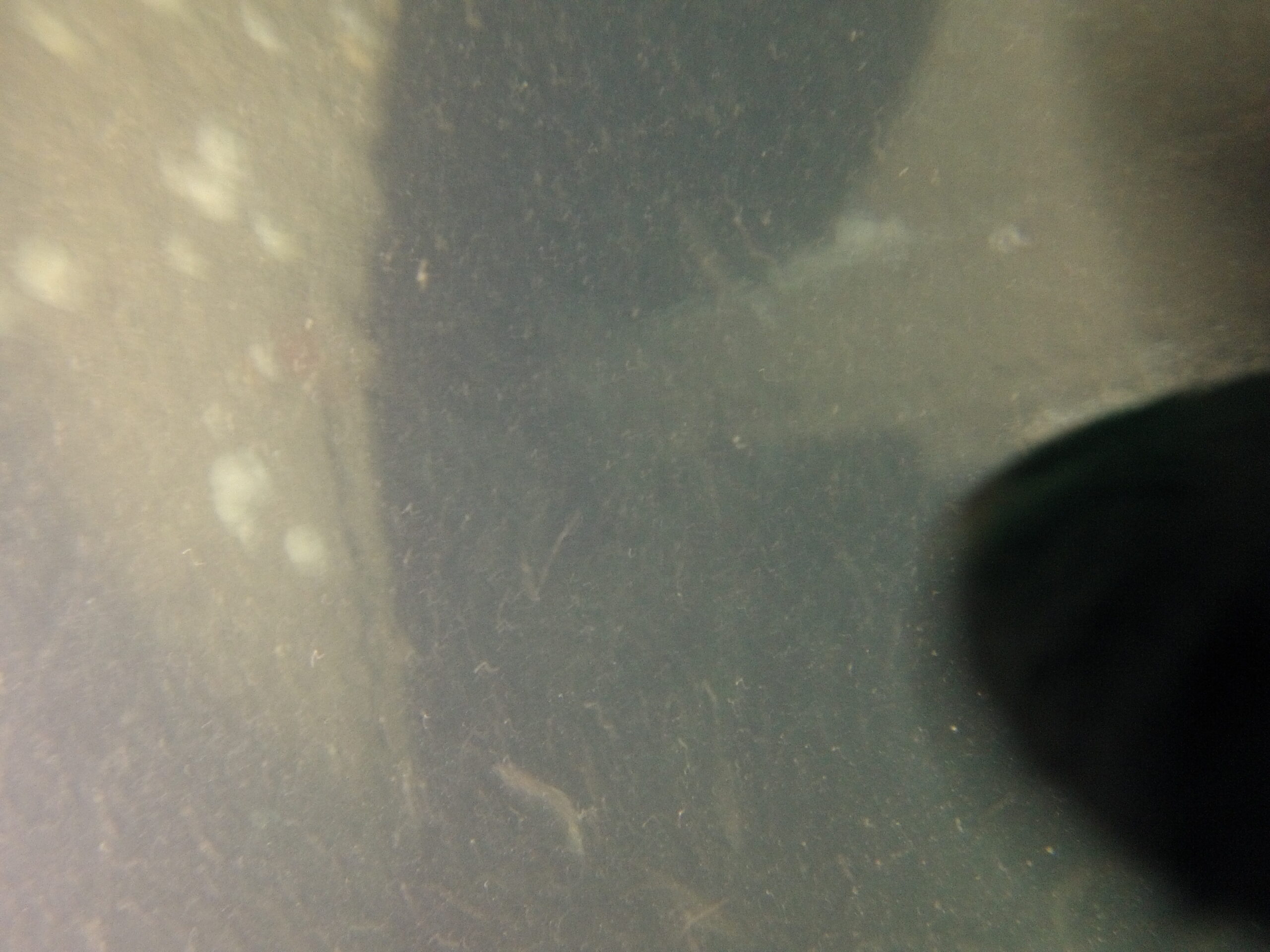Tuesday 26th July 2022
With Channel Divers, Brighton Marina
Blog post: Lindsey A. Scott
With the UK recently surpassing highest ever recorded temperatures and climate breakdown making the news each week, marine conservation is something continually on my mind. Beach cleans for those of us who live on the coast are a popular choice to lend a hand, reducing our impact by choosing reusable cups and paper straws is another option.
But what happens when the potential for environmental damage is on an industrial level?
This is the question being posed by Marine Archaeology students at the University of Southampton who, with the support of a team of Project Baseline divers, set out to document and inspect the wreck of the SS Mira. The aim of the day was to gather data about the state of the wreck following reports of a potential spill of oil or other toxic substance from within the wreck. The team also set out to identify any impact on the surrounding environment.
Splitting into 4 teams, the divers dropped down to the wreck to investigate the wreckage and to take a look at the marine environment surrounding the wreck. My buddy and I, armed with a spool and cameras, were tasked with reviewing and reporting back on the area around the wreck’s bow. To my delight, we found that the area was covered in a wide variety of marine life. We attached the spool to the wreck and finned out for 15m, then videoed our return trip, documenting schools of bib and a couple of spider crabs, before arriving back at the wreck itself which really has turned into a new reef. Conger eels, edible crabs, and lobsters all crawled around the metal, which is now covered in silt, algae and anemones amongst other wildlife.
Following the dives the videos from each dive team were collated and the data shared with the University, allowing the Archaeology team to investigate the video survey and look for clues of deterioration in the wreck. It was hoped that a 3D photogrammetry model could be produced of the wreck, allowing the teams to continue their study of the wreck without diving down to 35m underwater each time, but that will have to wait until next time. Spotting potential areas of degradation will then mean that the risk of an oil spillage from within the wreck can be more accurately assessed. The PB reports of the quality and quantity of marine life using the wreck as their home gives evidence, or a baseline, to assess any future degradation in conditions should a fuel spill be detected.
In all the collaboration with the University of Southampton was a great experience an perfect way to contribute to marine protection and a fascinating way to give a purpose to recreational diving. Thanks to all involved!
